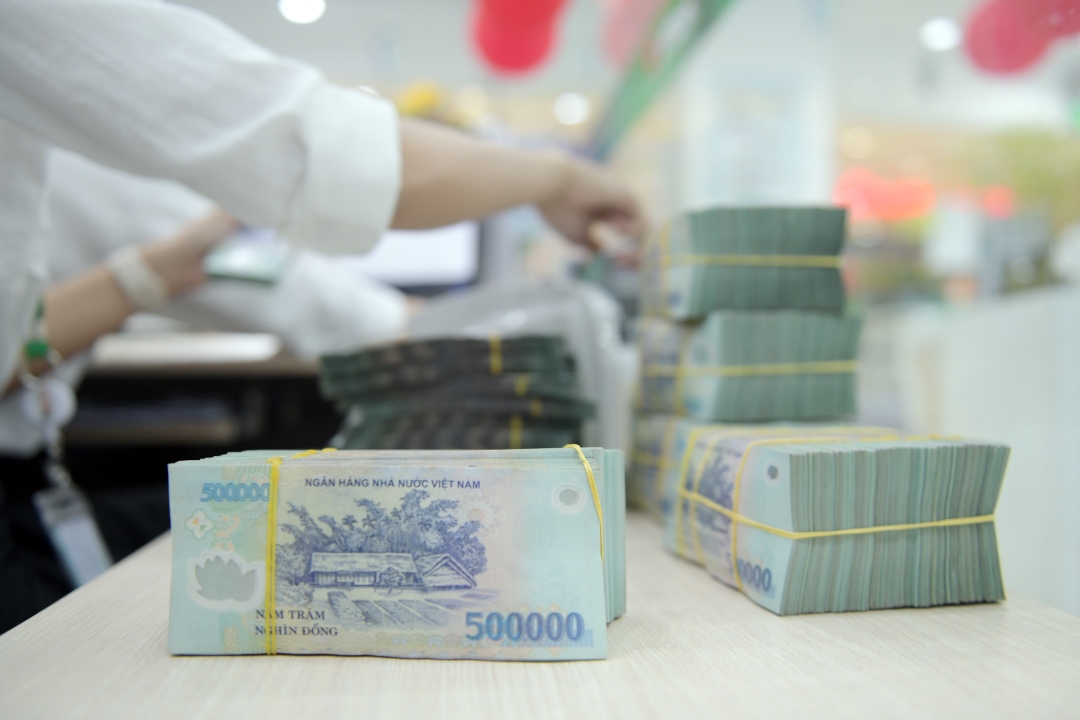The sharp increase in imports has once again piled pressure on foreign exchange rates, as evidenced by the continued rise of the U.S. dollar against the Vietnamese dong currency in April, prompting the State Bank of Vietnam (SBV) to intervene. However, excessive exchange rate control can also have negative effects on trade competitiveness. Reversal signals In the first two months of 2024, merchandise export revenue increased by 19.2% compared to the same period in 2023, while imports increased by 18%. By the end of the first quarter of this year, the gap widened as these growth rates reached 17% and 13.9%, respectively. However, April saw unexpected developments when the cumulative export turnover in the first four months only increased by 15% year-on-year, lower than the 15.4% increase in imports. There have been reversal signals in import-export activities, as April export revenue expanded by only 10.6% year-on-year, much lower than the 19.9% pickup in imports. Accordingly, the trade surplus sharply rose from US$2.78 billion in March to only US$0.68 billion in April, marking the lowest monthly trade surplus since July 2022 according to the General Statistics Office’s data. Some imported goods experienced a turnaround from decline to significant growth in value […]
Exchange rates under pressure
By Trieu Minh









